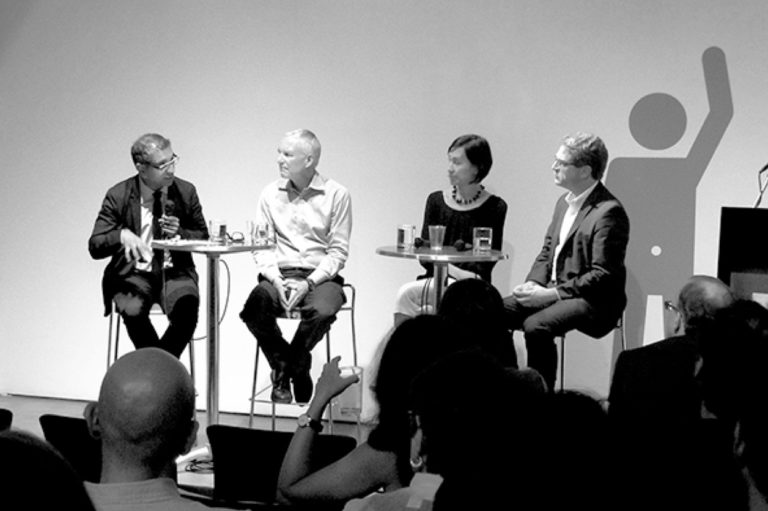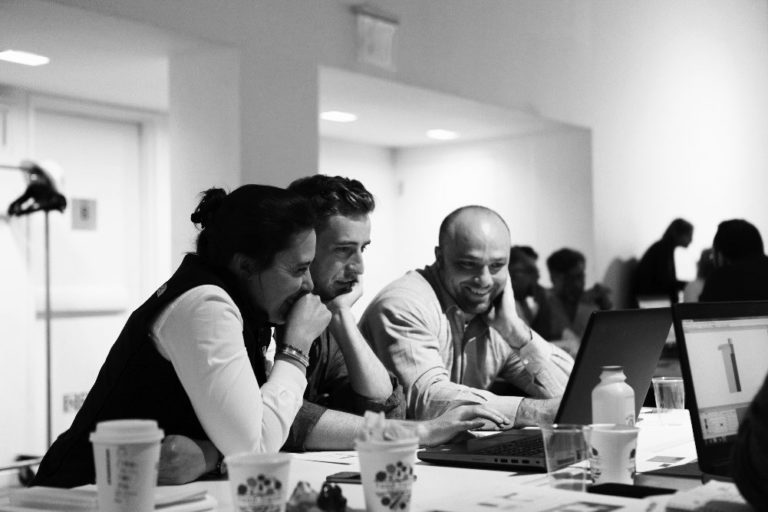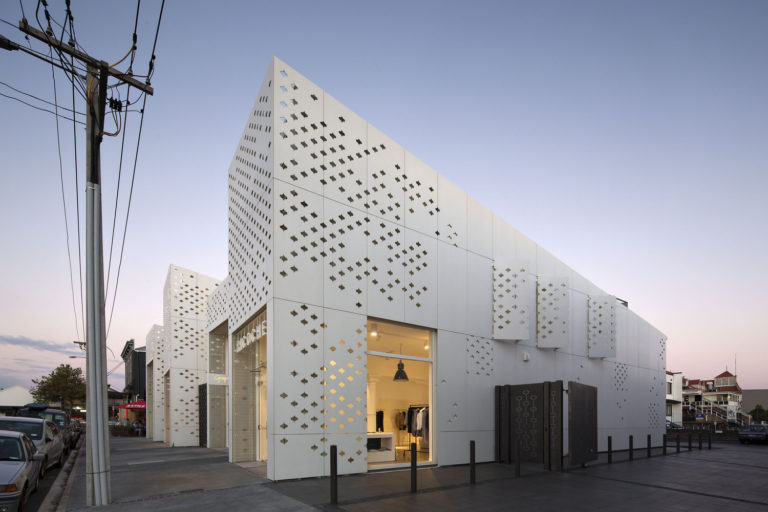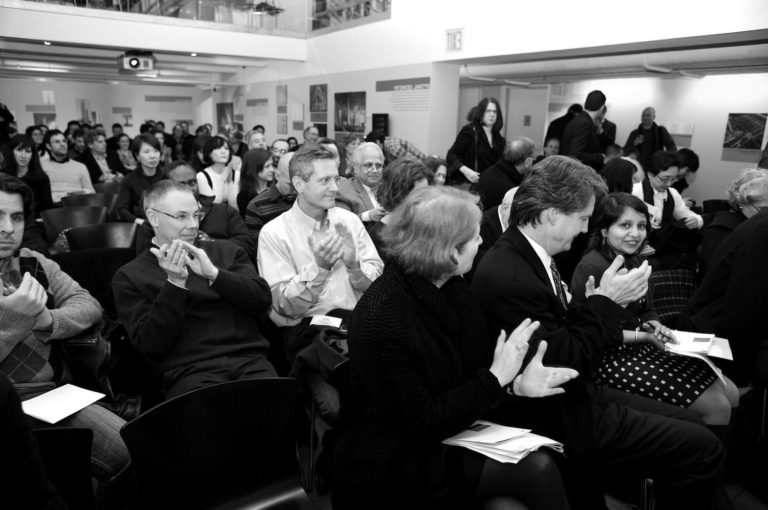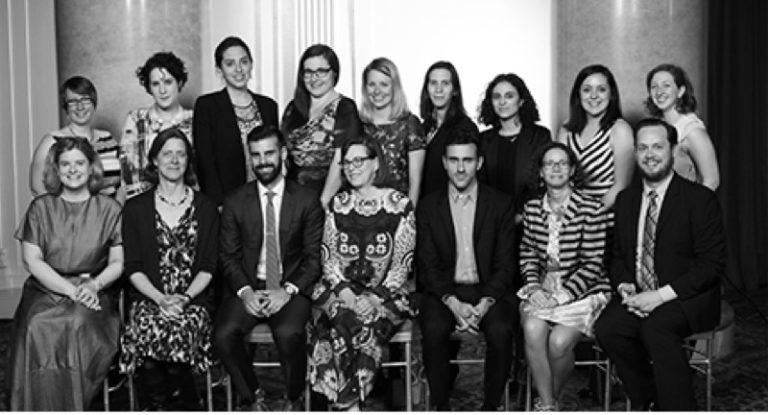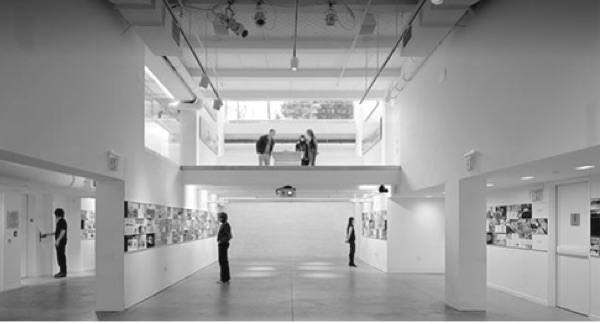by: AIA New York
Suchi Reddy, FAIA, NOMA’s work amplifies the power of architecture through the manifesto “form follows feeling.” Reddy founded Reddymade in 2002 with an approach to design that privileges the emotional quality of human engagement with space. Guided by her mantra, Reddy’s practice is informed by research at the intersection of neuroscience and the arts. Founded 23 years ago, Reddymade’s work now spans a range of scales and typologies from a 78-hectare ecological master plan to a 20-foot-tall sculptural installation, and all architectural scales in between. Current projects include civic, cultural, retail, residential and artistic works worldwide.
This year, the Jury of Fellows of the AIA elevated Reddy to its prestigious College of Fellows in the first category of Fellowship, which recognizes architects who have made strides in design, urban design, or preservation, according to the organization’s definition. Reddy was honored for her pioneering work at the intersection of architecture and neuroaesthetics, championing the positive effect of design on community, equity, and agency. Her distinction was celebrated at the AIA Conference on Architecture from June 4–7 in Boston, MA, as well as at the Center for Architecture during the 2025 New Fellows Celebration on Wednesday, March 19, from 6:00–8:00pm.
Reddy has taught at The Cooper Union and was the 2022 Walton Critic at the Catholic University of America, and the Plym Distinguished Professor at the University of Illinois School of Architecture, Champaign–Urbana in 2019. She currently teaches at GSAPP at Columbia University in New York and is the Christian A. Johnson Artist in Residence at Colgate University through 2025.
Q: What is influencing your work the most right now?
My work is always underpinned by my mantra, “form follows feeling.” I always look to amplify the human experience in every project regardless of scale or typology. My current influences are advances in the sciences on the subject of resonance, which look at amplification through correlation of factor. This is particularly inspiring to me in our community based projects where we are looking to encourage empathy and agency through strategic overlays of program and design with our clients. The stories of the people we design for and their vision for better futures influences my work the most.
Q: How/why did you decide to pursue architecture?
My early affinity for art and architecture was fostered in my childhood home in Chennai in southern India. My house was designed by an architect; something of a rarity for that time and it had a huge impact on me. I had my first epiphany there at the age of 10, when I realized that my house was shaping the person I was becoming. I accepted that visceral feeling as the truth. The house had access from all sides, with fluid connections between the interior and exterior, and life revolved around a central space that was the heart of all our interactions. An early indicator of the power of spatial experience that resonated deeply with me, it was a deciding factor in my decision to pursue architecture.
Q: What do you see as an architect’s role—and responsibility—within our culture?
We are the poets of our culture, and we need to reclaim the agency and power that come with that role to shape our cultural narratives. I believe that we are singularly trained to be naturally interdisciplinary, and that kind of an un-siloed, synthetic capability is what is uniquely suited and absolutely necessary to solve the big questions facing us today. We should be at the table before a brief is created so we can structurally and strategically shape our projects and therefore our world. It is our privilege and responsibility to uplift the people we serve.
Q: What are your greatest sources of inspiration?
I am always inspired by philosophy, the sciences, art, and advances in technology. My Indian heritage gave me a deep belief in the interconnectedness of all beings, how we can work to really feel that is a constant goal of mine.
Q: What are some of your favorite recent projects that you’ve worked on?
I love all the projects that we have the privilege of working on, so this is always a hard question to answer. Recently, we built a showroom in Chicago for the ergonomic furniture brand Humanscale, developing a design language that could be interpreted in multiple locations. We paid special attention to environmental stewardship and social responsibility: the showroom adheres to the Living Building Challenge 4.0 and Design for Freedom standards. As a structural change that can affect opportunity in our discipline as a whole, our client has allowed me to curate a growing group of women-led teams around the world as we continue to build showrooms in Shanghai, Paris, Sydney, and San Francisco.
My sculpture me plus you was recently re-invented for Michigan Central Station in Detroit. I ask participants to speak a word for their vision of their future into the sculpture which interpreted their feelings using AI unto light patterns Historic portals in the 1600-square-foot space wove their images into constantly moving patterns of light, exemplifying the effect we all have on each other. This work builds a vision of the future made both by humans and technology.
Editors’ Note: This feature is part of a series celebrating the members of the American Institute of Architects (AIA) New York Chapter who are elevated each year to the AIA College of Fellows, an honor awarded to members who have made significant contributions to both the profession and society. Learn more about Fellowship here.

